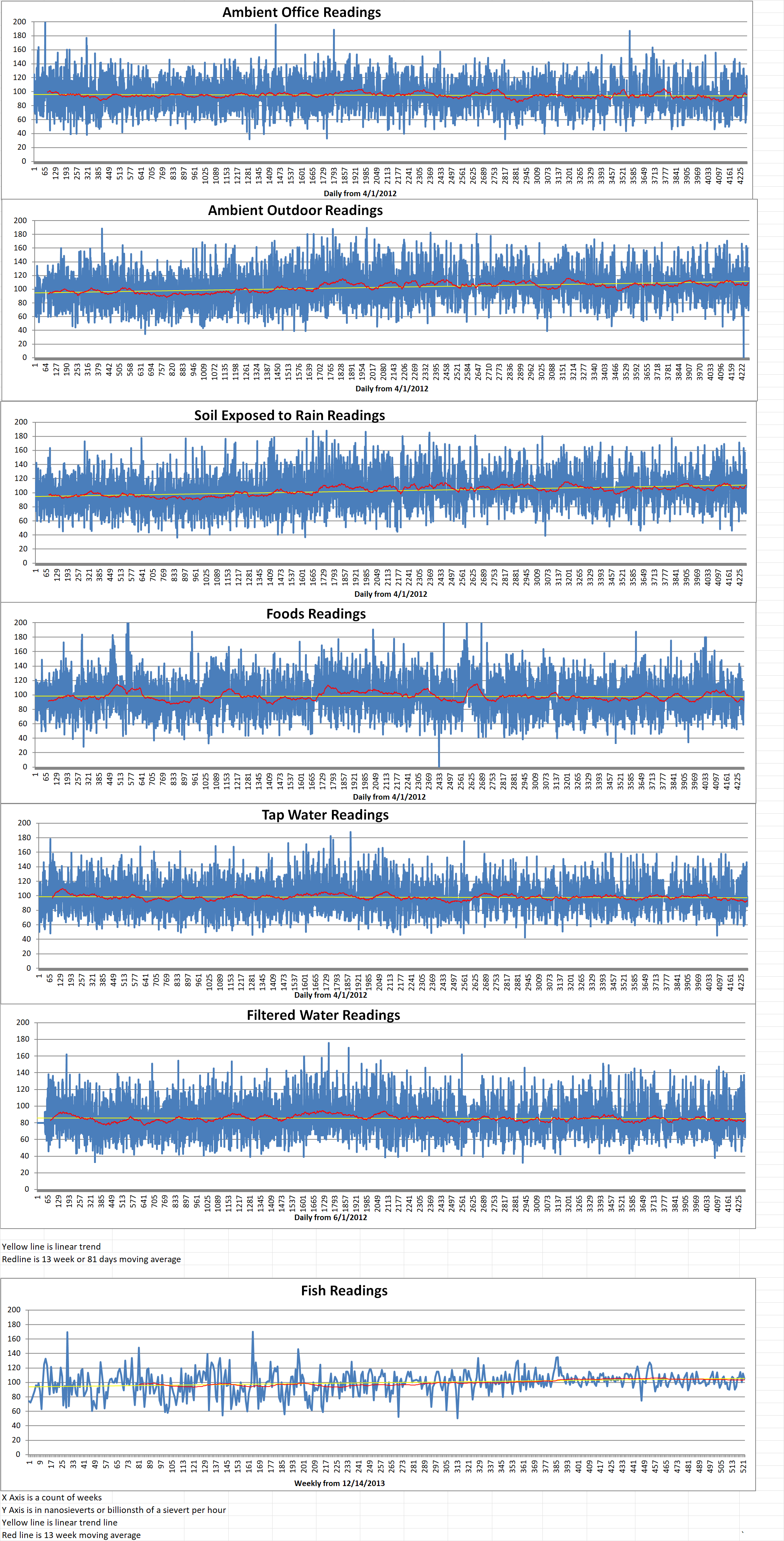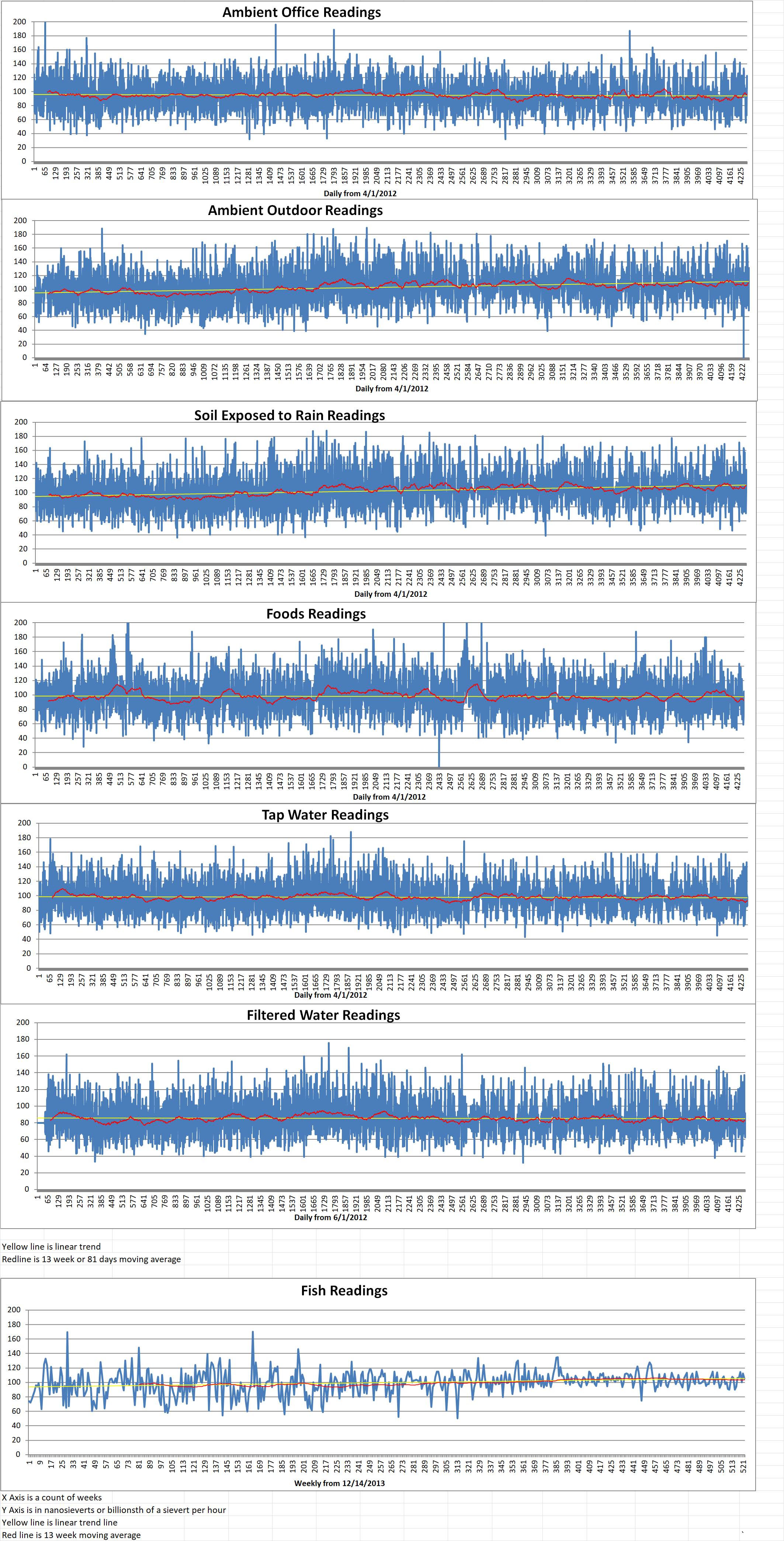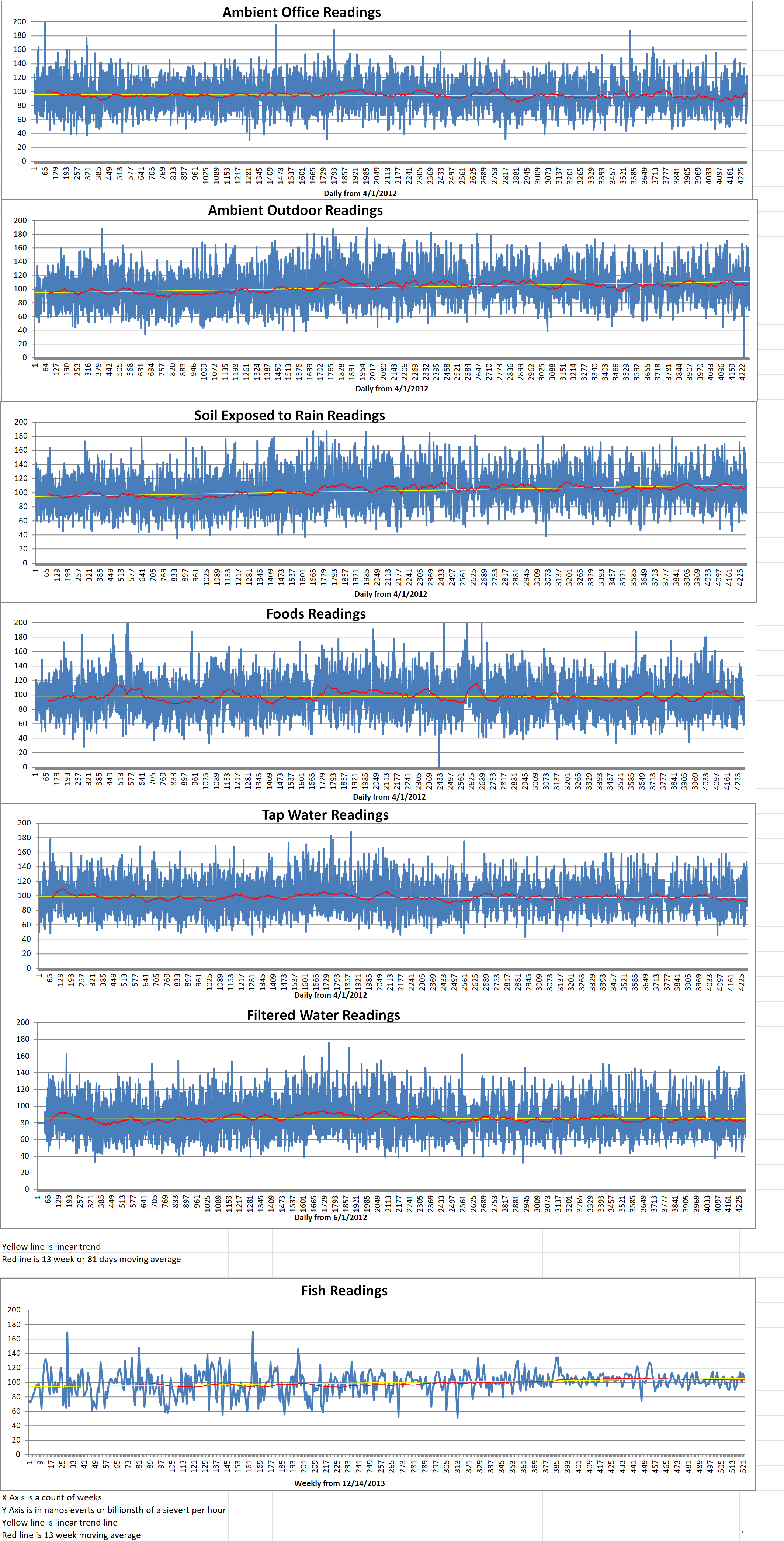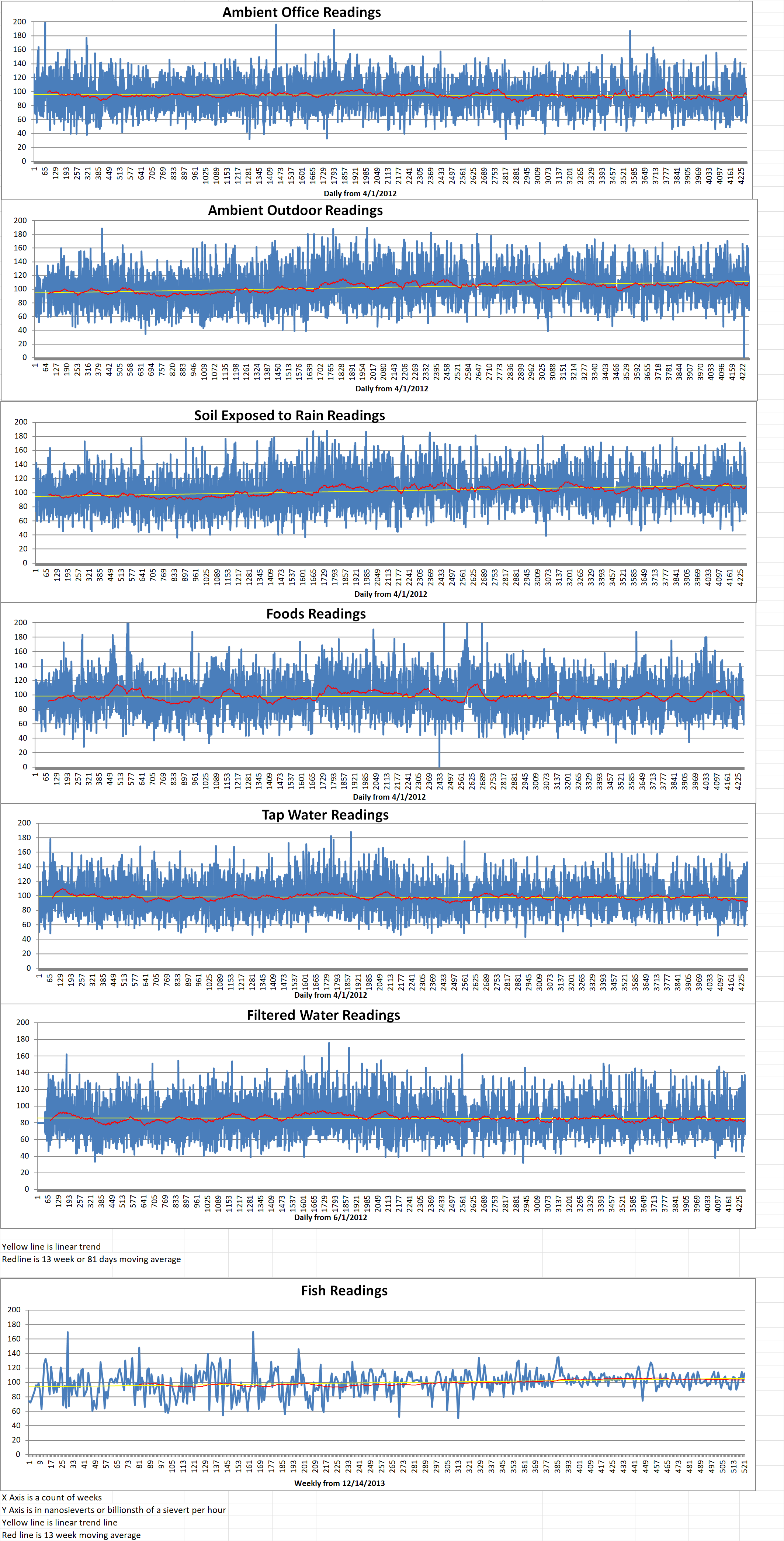Part 1 of 3 Parts
The Army Science Board in September finished work on a report titled, “An Independent Assessment of the Army’s Ability to Fight and Win on a Nuclear Battlefield.”
The conclusions of the report were not revealed to the public and are available to read only on classified networks. However, listening to a handful of government experts at a recent presentation who did have access to the report, its overall conclusions are alarming.
Craig Campbell is the principal director in the Office of the Deputy Assistant Secretary of Defense for Threat Reduction and Arms Control. He said that if a nuclear fight did break out overseas in regions such as Europe or the Indo-Pacific, it would be a terrible day for U.S. forces.
Campbell said, “We may be able to operate in the United States, but we would not be able to operate in Eucom, Indo-Pacom or any other combatant commands. We would fail. That’s where we’re at.” He made these remarks at the spring meeting of the National Defense Industrial Association’s Chemical, Biological, Radiological and Nuclear Division.
He continued, “We have gaps that are much broader and gaps that span the breadth of the … environment from doctrine, operations to materiel.”
Russia’s leader Vladimir Putin has repeatedly brought up the possible use of tactical nuclear weapons.
Retired Army Brig. Gen. William King IV, NDIA’s CBRN Division chair, said, “I don’t think you can pass a day in the news where you’re not listening to Russia talking about repositioning capability and potentially using new tactical nuclear weapons — or what today is called nonstrategic nuclear weapons — talking about it almost as if it’s commonplace.”
The last two U.S. Defense Department Nuclear Posture Reviews have acknowledged the increased threat of nuclear warfare and recommended more training and readiness, but King has not seen any of that come to fruition.
King said, “I haven’t seen that dramatic increase. In fact, my sources are telling me there have been probably less than a handful of [trainings] over the last two [Nuclear Posture Reviews]. So, we really don’t know what we don’t know.” King is also a senior fellow and principal director at Booz Allen Hamilton.”
King added, “We’re no longer at a point of risk in this mission space. We’re actually gambling in this mission space because of a lack of knowledge and awareness, lack of education, lack of readiness and preparation.”
The National Guard has a mandate to deal with the aftermath of a nuclear detonation or accident in the United States. It has been the lone voice in the military advocating for new equipment over the past two decades, panelists noted. However, the National Guard and its Weapons of Mass Destruction Civil Support Teams are not intended to operate outside of U.S. territory.
Campbell said U.S. soldiers overseas must have the ability to operate, survive and prevail in a radiological-nuclear environment. They must be able to protect themselves, detect and identify threats, then mitigate or provide consequence management. And this must be done all the way from the “forward leading edge” with remote sensors, overhead sensors and include reach back to the U.S. “And it has to be networked and interoperable with a multitude of systems,” Campbell added.
In order to help achieve that, the office established a new radiological and nuclear defense capabilities development program. The new program has a budget of five million dollars a year. These funds will help transition research-and-development projects funded by the Defense Threat Reduction Agency to the field.
Please read Part 2 next
Blog
-

Nuclear Weapons 860 – Army Sciences Board Issues A Report On Ability Of Army To Fight On A Nuclear Battlefield – Part 1 of 3 Parts
-
Nuclear News Roundup Jun 03, 2024
China urges US to ‘reflect’ on nuclear arms policy scmp.com
Ukraine-France, EDF-Energoatom nuclear cooperation agreements world-nuclear-news.org
Italian interim storage facility takes shape world-nucleawr-news.org
Russia, Belarus begin 2nd non-strategic nuclear drill eh.mehrnews.com
-

Geiger Readings for Jun 03, 2024
Ambient office = 105 nanosieverts per hour
Ambient outside = 116 nanosieverts per hour
Soil exposed to rain water = 119 nanosieverts per hour
Mini cucumber from Central Market = 105 nanosieverts per hour
Tap water = 99 nanosieverts per hour
Filter water = 91 nanosieverts per hour
-

Geiger Readings for Jun 02, 2024
Ambient office = 113 nanosieverts per hour
Ambient outside = 131 nanosieverts per hour
Soil exposed to rain water = 133 nanosieverts per hour
Blueberry from Central Market = 95 nanosieverts per hour
Tap water = 87 nanosieverts per hour
Filter water = 63 nanosieverts per hour
-
Nuclear News Roundup Jun 01, 2024
EBRD Chernobyl funding plan ratified by Ukraine’s parliament world-nuclear-news.org
Burkina Faso signs fresh nuclear-focused MoUs with Russia worle-nuclear-news.org
Nuclear Compensation Bill Expires Today Without Vote by US House sfreporter.com
US issues major nuclear weapons alert amid fears of all-out war: ‘If that day comes…’ hindustantimes.com
-

Geiger Readings for Jun 01, 2024
Ambient office = 123 nanosieverts per hour
Ambient outside = 108 nanosieverts per hour
Soil exposed to rain water = 108 nanosieverts per hour
Avocado from Central Market = 98 nanosieverts per hour
Tap water = 88 nanosieverts per hour
Filter water = 81 nanosieverts per hour
Dover Sole from Central = 105 nanosieverts per hour
-

Nuclear Reactors 1400 – Radiant Industries and Amsted Graphite Materials Have Signed A Memorandum Of Understanding Aimed At Improving The Domestic Supply Chain For Nuclear Grade Graphite
Radiant Industries is a California-based start-up. Radiant and Amsted Graphite Materials have signed a memorandum of understanding (MoU) aimed at strengthening the domestic supply chain for nuclear-grade graphite. As part of the increased collaboration, Radiant has placed a big purchase order with Amsted Graphite Materials for its PCEA nuclear-grade graphite to support Radiant’s development of their Kaleidos microreactor.
Radiant has been selected as one of three advanced nuclear technology developers to receive funding from the U.S. Department of Energy (DoE). The funding is dedicated to developing and testing microreactor designs using the Demonstration of Microreactor Experiments (DOME) test bed at Idaho National Laboratory. The DoE, through the National Reactor Innovation Centre (NRIC), is providing four million dollars to Radiant, Ultra Safe Nuclear Corporation (UNSC) and Westinghouse to design experiments to test microreactor designs at DOME.
Radiant Industries was started in 2019 by former SpaceX engineers. Its Kaleidos design is a high-temperature gas-cooled reactor (HTGR). It will utilize TRISO fuel, a helium coolant, and a graphite moderator. All Kaleidos components will be packed in a single shipping container to facilitate rapid deployment. It is designed to produce one million two hundred thousand megawatts of electricity or one million nine hundred thousand megawatts of thermal energy for heating or water desalination, as a potential replacement for diesel generators. Following testing that is scheduled to begin in 2026, Radiant intends to manufacture commercial production units in 2028.
The success of Radiant’s Kaleidos Demonstration Project, along with the viability of subsequent commercial projects, will rely on supply certainty and affordability of nuclear-grade, medium and fine grain graphite required for application in a nuclear environment.
Amsted Graphite Materials, part of the Chicago-based diversified manufacturing conglomerate Amsted Industries, is the biggest U.S.-owned synthetic graphite producer. Tori Shivanandan is the Chief Operating Officer of Radiant. She said, “By joining forces to secure a reliable supply of critical graphite materials, we are investing in the success of our Kaleidos Demonstration Project and laying a solid foundation for the future of clean energy in the United States.”
The MoU indicates the strong commitment of Radiant and Amsted Graphite Materials to reduce reliance on foreign sources of nuclear-grade graphite. They seek to enhance U.S. advanced manufacturing capabilities and strengthen the security of US nuclear energy supply chains. Their key objectives include collaborative efforts in policy advocacy at federal, state and local levels, strategic discussions with third parties, exploration of public-private partnerships with the U.S. government, and participation in testing and R&D programs with universities and government laboratories.
Gavin Noel is Vice President and General Manager of Amsted Graphite Materials. He said, “Our collaboration with Radiant is a significant step toward strengthening America’s nuclear energy infrastructure. As the United States moves toward a cleaner, more resilient energy future, our partnership underscores the essential role of graphite in ensuring the security and sustainability of innovative technologies.”
Amsted Graphite Materials signed a partnership agreement with small modular reactor developer X-energy in 2022 to establish an integrated domestic supply chain for nuclear-grade graphite. X-energy’s Xe-100 high-temperature gas-cooled reactor is also designed to utilize synthetic graphite as a moderator. -

Geiger Readings for May 31, 2024
Ambient office = 80 nanosieverts per hour
Ambient outside = 69 nanosieverts per hour
Soil exposed to rain water = 71 nanosieverts per hour
Tomato from Central Market = 73 nanosieverts per hour
Tap water = 85 nanosieverts per hour
Filter water = 67 nanosieverts per hour
-
Nuclear News Roundup May 31, 2024
Regulator’s safety goal for Atucha Long-Term Operation project world-nuclear-news.org
Finnish Nuclear Start-up Steady Energy to Begin Construction of Small Modular Nuclear Pilot Plant finance.yahoo.com
Report to Congress on Sea-launched Nuclear Cruise Missile news.usni.org
China: US nuclear weapons in South Korea would undermine its security voanews.com
